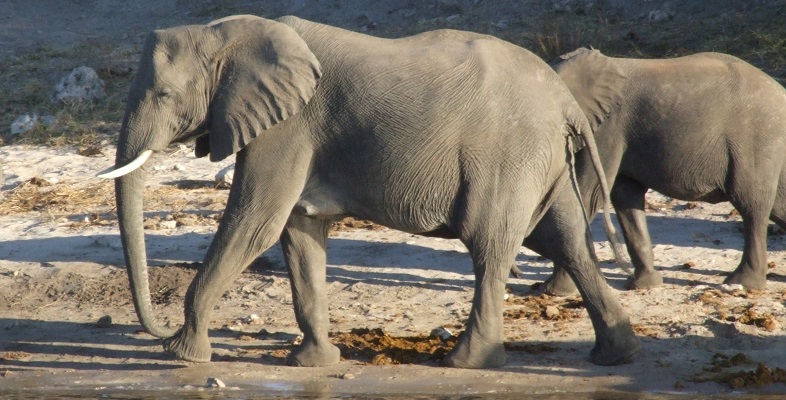2 Mammalian diversity
The Cretaceous period lasted from 145 to 66 million years ago. The end of the period is marked by a mass extinction of both land and marine animals. About 75% of all the species on earth vanished. All the dinosaurs, except for birds, disappeared leaving environments that they had vacated available for mammals to exploit. The cause of this event is thought to be the impact of a comet or asteroid 10 to 15 kilometres wide that left a 180 km wide crater on the Yucatan peninsula. The impact caused a global catastrophe, the result of debris ejected into the atmosphere changing the climate.
Thus, the mass extinctions enabled the early mammals to expand into new habitats, producing an increase in diversity. The wide range of forms that we see today could be attributable to the asteroid impact that ended the age of the dinosaurs. However, recent genomic evidence (Liu et al., 2017) has suggested that mammalian diversification started before the end of the Cretaceous period, perhaps indicating that the asteroid impact was not the only driver for diversity.
